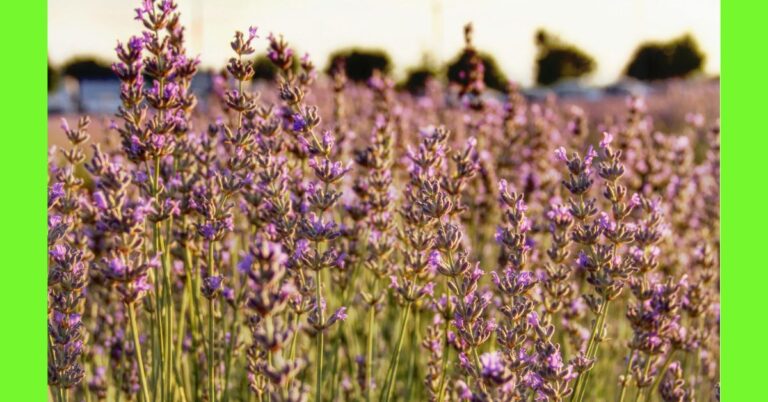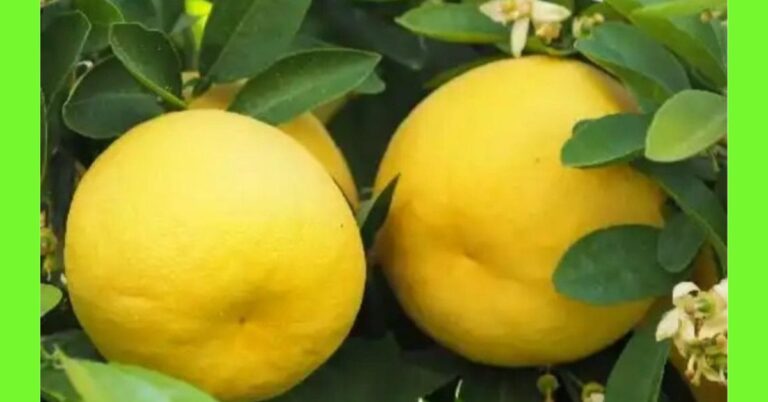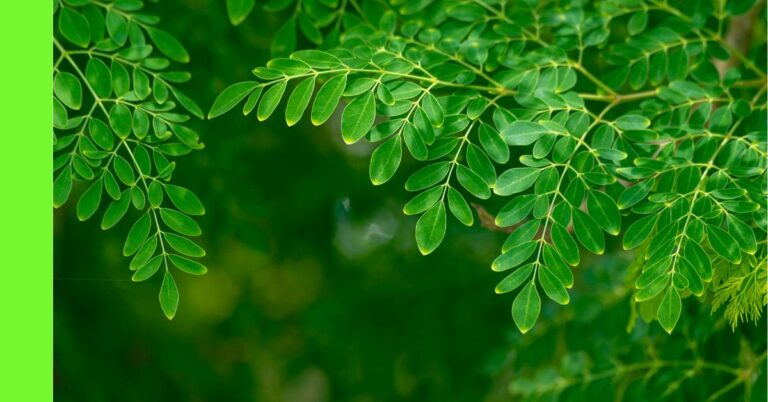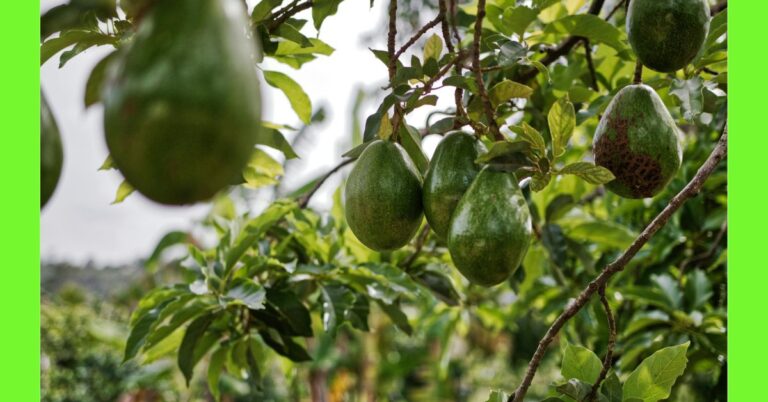Planting Corn: Easy Steps On How To Plant Corn

Am excited to begin another planting season this year.
In this article, we will show you how to plant corn (maize).
Planting corn is fun and easy to do, it’s one of those plants that you can grow in your garden or in your backyard with ease.
Before I show you how to plant corn let’s take a brief study on the crop we are about to plant.
Corn (Zea Mays) also known as maize is an annual plant that survives only one growing season.
Meaning it does not grow back every year on its own; you plant new crops in the next growing season.
Corn is rich in calories.
It’s an important source of carbohydrate, protein, iron, vitamin B, and minerals.
Corn is of the grass family Poaceae.
The plant has a simple stem of nodes and internodes. A pair of large leaves extend off each internode and can be between 8 – 21 leaves per plant.
The leaves are linear with a primary vein and can grow from 30cm (12 inches) to 100cm (40inches) in length.
The grains also known as kernels come in different colours such as white, yellow, red, black and purple. In Nigeria, the yellow and white are the most popular.
It’s a staple food in Nigeria eaten fresh either by boiling or roasting. It is also processed into other foods and snacks examples are
Corn Pudding (Okpu-Oka/Abari/Ekusa),
Tuwo Masara,
Aadun,
Egdo (Popular In Oyo State),
Couscous,
Gwate,
And snacks like
Donkwa (80 – 120 calories), Kokoro.
See Also: Pap for Food What You Need To Know
It is also a major ingredient in animal feed.
Planting Corn
Corn requires a good supply of water to grow well, It needs regular normal rainfall.
Corn planting follows rainfall patterns. It is ideal to plant corn after two or three consecutive rainfalls.
This would take place between March and April in the southern region of Nigeria.
Depending on whether the rain is early or late, known as the first planting season.
The second planting season starts from late June to August.
In the northern part of Nigeria, the planting season begins in June. Planting earlier has to be with irrigation.
But Corn can be grown all year round. With a functional irrigating system or regular hand watering.
At least 12-20 corn per person when planting corn to eat fresh.
Extend Harvest time to ensure a continuous harvest.
Plant corn twice or thrice in one season meaning you can plant new corn seeds every 2 weeks for about 6 -8 weeks.
Crops that can be grown alongside corn include cassava, beans, melon (Egusi), watermelon, cucumber.
Selecting a Location for Planting Corn
- Get a suitable location in your garden to grow your corn. Corn can be grown on any kind of soil with proper management.
- But the best kind of soil for it is loamy or sandy-loamy soil.
- Ensure the land is well drained because corn does not grow well in waterlogged areas.
- If your garden gets waterlogged you will have to make ridges to protect the crops.
- Choose a location with adequate sunlight at least 12 hrs per day the land should be open.
- Ensure it’s free from any kind of shade that might prevent sunlight from reading the plant.
Clearing Land For Corn Planting
- After selecting a location in your garden to plant corn. Clear the land and prepare it, clear the area from shrubs and weeds, stones and dirt.
- Ensure adequate removal of weeds.
- Till the soil to keep the soil loose. This breaks the soil texture, allows rooms for enough oxygen and enhances manure ridge if need be.
Seed Selection for Planting Corn
- Corn is best planted as a seed into the ground in a garden.
- Get seed from the open market but they do not give the best yield. At best buy quality seeds from any seed shop or supermarket.
- Choose any maize variety of your choice.
- Different varieties differ in taste, size, colour and ripening. Depending on the usage of the corn.
- When planting corn use recommended varieties for different planting seasons.
Planting spacing
How far apart can the plants be?
Our grandparents planted seeds at 90cm (35 inches) to 100cm (40 inches) by 90cm (35 inches) to 100cm (40 inches) apart with 3 seeds per spot.This requires a lot of space, it does not optimize the usage of the land.
Rather plant seeds at 75cm (30 inches) by 25cm ( 10 inches) 1 seed per spot.
Or 90cm (35 inches) by 40cm (16 inches) 2 seeds per spot.
In smaller gardens plant 5 cm (2 inches) by 10 cm (4 inches) 1 seed per spot.
Plant side by side rows to form a block.
In smaller garden plants in square blocks instead of rows. Planting in square blocks improves cross-pollination between corn stalks.
Corn planted too close will need more water and manure and may offer a smaller yield.
Container planting of corn is not a practical choice. Although they can be grown in large containers.
Watering
- Corn requires adequate watering. When planted during the rainy season, the water from the rain is adequate for it.
- Water two or three times a week in the absence of rain. Water needed for corn plants is 5 cm (2 inches) of water each week.
- Keep foliage dry water near the soil level so the foliage remains dry to prevent fungal problems.
- When kernels are forming do not let plants suffer from lack of water.
Corn Maturity and Harvest
- When planting corn germination takes place 5 – 10 days. Corn reaches maturity and ready for harvest 90 -120 days, which is about 3 to 4 months after planting depending on the seed variety.
- Harvest corn about 21 days after the silk appears. About that time the silk should have turned dark brown. Open a little part of the husk and the corn kernels should be large, firm and the juice from the corn is milky white.
- The most appropriate time to harvest corn is early in the morning or in the evening after sunset when it’s cool. Leave Popcorn and other special corn varieties on the stalk for the ears to dry.
- The yield from harvest depends on some factors:
the quality of seed,
variety of seed planted,
amount of rainfall,
watering,
sunshine,
level of weed,
pest and disease control.
- To harvest the corn ear, hold the stalk and twist the tip of the ear downwards until it breaks off from the stalk.
- After harvest, cook corn immediately or store, eating it fresh is the best.
Storage and Usage Of Corn
- If you are growing your corn only for fresh eating, it is best to eat it immediately. The quality of corn changes quickly and the change is more rapid when left under high temperature. There is a new variety that can keep their flavour for up to two weeks.
- You can store corn in the refrigerator for 2 to 4 days. Blanching corn with its cob or off its cob if kept frozen can keep for 3-6 months.
- Roasted, boiled, steamed, grilled fresh corn on or off the cob, make flour, corn pap or cereals from dried corn.
- Dry and store corn for other purposes store dried corn in an airtight container, this can keep for over a year.
Soil Fertility
- Apply organic fertilizer like poultry compost, pig manure or fish-based fertilizer. Work into the soil 7 cm (3 inches) to 10 cm (4 inches) deep before planting.
- Corn is a heavy nitrogen user, apply organic fertilizer again 4 weeks and 8 weeks after planting.
- Plants cover crops like a melon or watermelon with corn; this helps maintain moisture in the soil.
- Crops like beans can be grown alongside corn, this helps replenish the soil with nitrogen.
- When corn plants begin to turn yellowish-green it’s a sign that the soil lacks nitrogen. When parts of the leaves turn dark bluish-green it’s a sign of phosphate shortage.
Corn Plant Pest, Diseases and Weed
The pests that affect corn are:
- Insects such as corn worms (Helicoverpa armigera), Armyworm, Black ear wings, Termites and Grasshoppers.
- Animal pest such as birds
Diseases that affect corn plants are highland blights, maize streak virus, downy mildew.
Corn Plant affected by Corn Worm Pests
Weed species that affect corn plants include Cyperus rotundus, Rottboellia, Cochinchinensis, Striga.
Corn Plant Pest, Disease and Weed Control
- Planting corn early reduces the risk of diseases like early harvesting. Delay in harvest increases the chances of attacks by pests and diseases.
- Use wood ash, agricultural lime or chili pepper, or a mixture of wood ash and chili pepper around the plant to control insect attack.
- Clean garden practices, crop rotation and disease-resistant varieties help to prevent the plant from diseases.
- Ground cover crops like melon help to prevent weeds.
- Planting corn crops immediately after land preparation allows the corn to get ahead of weeds.
- Although hoe and cutlass are usually used, we recommend hand weeding.
- Weed garden 14 to 21 days and 57 days after planting.
Related References
Maize Production Manual: International Institute of Tropical Agriculture http://biblio.iita.org/documents/U82ManIitaProductionNothomNodev.pdf-9fce0a6ccf8448043986682d83036bc0.pdf
Maize: Panacea for hunger in Nigeria by Amuala Bolonle Olaniyan Department of agrronomy, faculty of Agriculture & Forestry, University of Ibandan Nigeria. https://academicjournals.org/article/article1427453934_OLANIYAN.pdf








